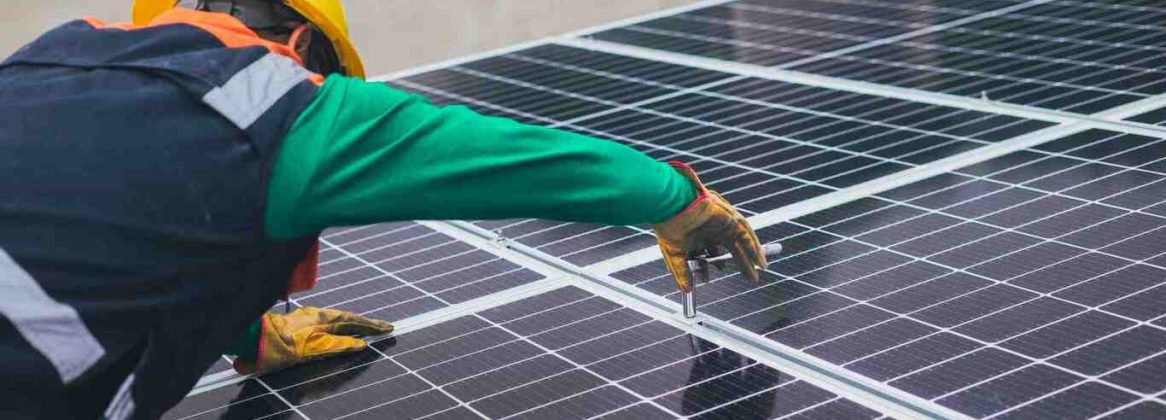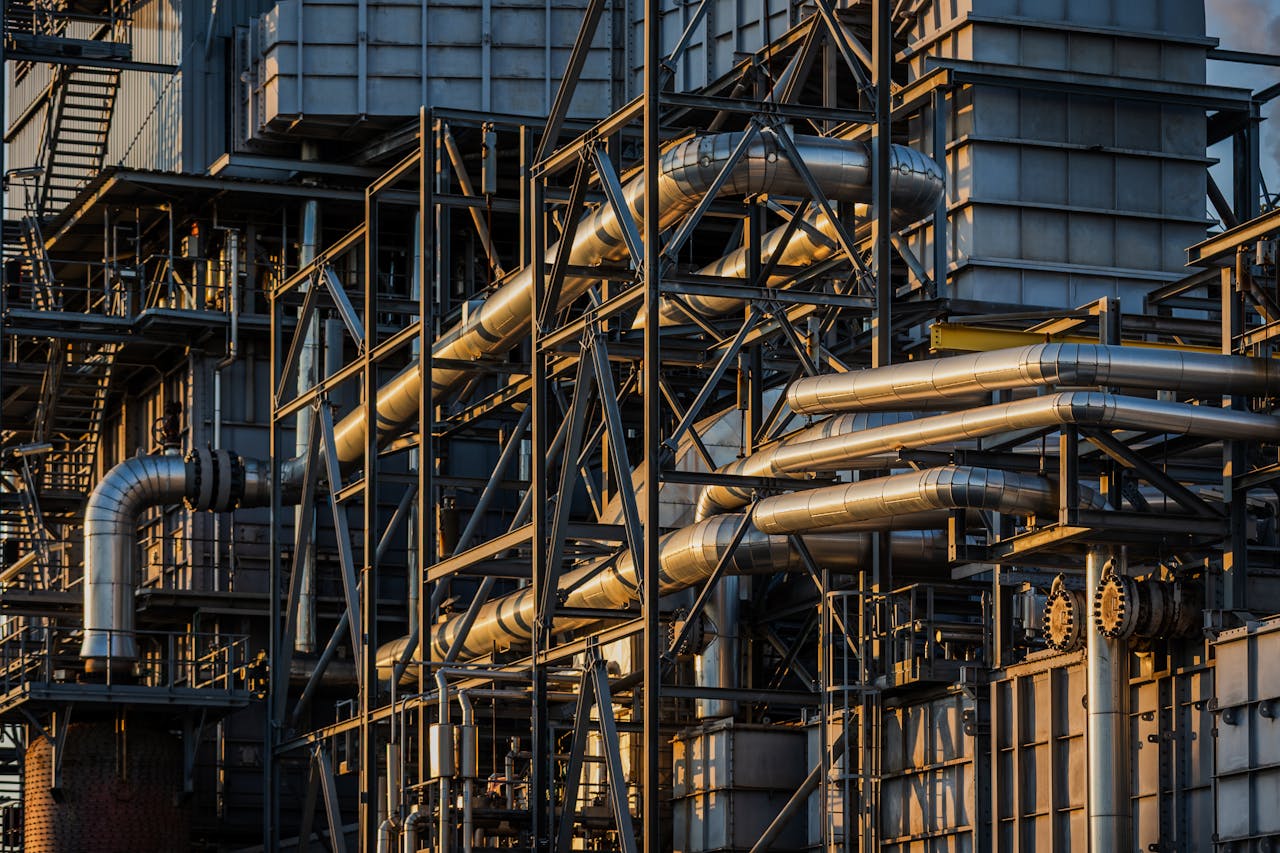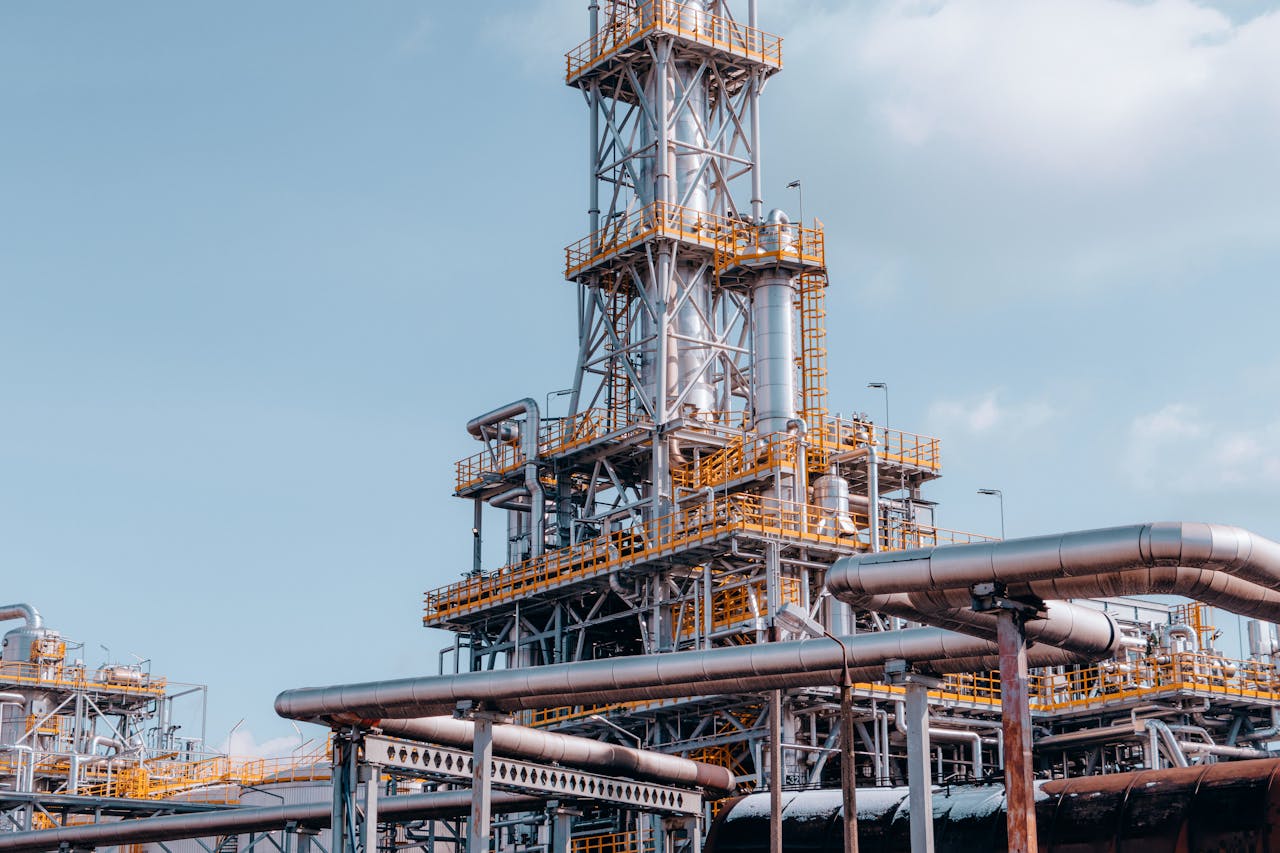In a recently published report, the United Nations intergovernmental panel on climate change (IPPC) highlighted the unprecedented effects of human and industrial activities on the world’s climate. Prepared by 234 scientists from 66 countries, the ‘code red for humanity’ forewarned of a climate catastrophe if urgent and sustained global action is not taken. The general consensus is that a circular economy is the best course of action to achieve climate neutrality goals. In this article, we observe how a circular economy will solve the world’s current problems, and the role digital transformation plays in enabling a fully circular economy for the world.
Abstract
- Unlike the linear economy that takes, produces, consumes, and discards and the green economy that purposes to improve the environmental sustainability of linear models, the circular economy sees every used product as valuable and yet another material to be reused, repaired, remanufactured, and managed.
- A circular economy is a necessity to tackle the current global challenges and a cornerstone of climate neutrality strategies over the next decades
- Innovation in product design, packaging, and recycling are important aspects of the circular economy and digital transformation can provide value for manufacturers in these areas.
Digital transformation can also enhance supply chain collaboration, material traceability, and data analysis to ease the transition of industry into the circular economy.
The Linear, Green & Circular economy
In the linear economy prevalent in today’s supply chains, the earth’s resources are mostly left un-recycled with finished products discarded after use – often in a way that defeats the ideals of environmental cleanliness. This economy is characterized by a ‘take-make-waste model’, where little or no forethought is given to material re-use, recycling, and re-integration.
75% of urban waste solids are discarded consumer goods
Long-term projections for the linear economy show that resource scarcity, product shortage, and excessive price increment are inevitable, if the world continues this model.
The circular economy, on the other hand, is the very antithesis of the linear economy. It is a radical evolution of the green economy because while the green economy improves the environmental sustainability of linear models, the circular economy seeks to usurp these models entirely.
In the circular economy, every waste is seen as valuable – just another material to be repurposed, refurbished, and recycled to serve supply chains. This economy significantly reduces the cost of manufacturing and enhances resource efficiency.
The goal of a global circular economy is grand and reflects the urgent action needed to solve the world’s problems.
How the Circular Economy can aid global climate goals
A widely-acknowledged drawback of the rapid development of industry is climate change – a situation of major concern to leaders around the world. Common sense dictates that if industrial processes continue as they have over the last century, global efforts to slow down climate change will be defeated and the widespread (and increasingly frequent) reminders of climate change will escalate.
“To achieve climate neutrality by 2050, to preserve our natural environment, and to strengthen our economic competitiveness, requires a fully circular economy. Today, our economy is still mostly linear, with only 12% of secondary materials and resources being brought back into the economy. Many products break down too easily, cannot be reused, repaired, or recycled, or are made for single-use only. There is a huge potential to be exploited both for businesses and consumers.” – Frans Timmermans, Executive Vice President, European Green Deal
The circular economy is a key cornerstone of climate goals for the coming decades. It will help to achieve global climate goals, significantly reduce industrial pollution on earth and fast-track economic development, especially in under-developed countries.
In this economy, the waste products of industries, unlike their current role as environmental mass pollutants, are managed and monetized to derive value across the supply chain. Re-use is prioritized during product design and packaging. And production itself is subjected to lean methodologies with the aim of reducing factory waste to as low as reasonably practicable.
Digital circular economy: Where digital transformation meets circular economy
The chief requirements to effectively operate a circular economy are innovation, seamless collaboration up and down supply chains, traceability, and high-speed data analysis. It is a transition into impeccable operating models for which support is necessary.
The world economy is currently hovering just above 9% in circularity – CGRi
Circular economy starts from product design, and continues through production, till repair, reuse, and recycling. The complexities are large and digital transformation enables industries to efficiently manage the transition (and stabilization into) a circular economy.
The fourth industrial revolution is a driving force in enabling a circular economy around the world. Here are some of the areas it does so:
- Digital Twin: The digital twin, a virtual replica of the factory floor, is used to model production so that processes can be understood and planned for, under specific conditions. The digital twin helps manufacturers in the circular economy to develop an optimum production pathway that guarantees the reduction of waste and energy. Over 80% of a product’s environmental impact is determined at the design stage
- AI and Machine Learning: Artificial intelligence streamlines and accelerates the analysis of large volumes of supply chain data – helping manufacturers to quickly obtain insights and gain visibility into their processes. Conversely, Machine Learning facilitates manufacturing’s transition into the circular economy with ‘circular-calibrated’ product designs and production metrics, which can be adjusted to auto-run.
- Robotics: Robots reduce the likelihood of human error, and gain pressing application in hazardous or complex manufacturing tasks allowing lean processes and waste reduction to be achieved regardless.
- Sensors: Highly intelligent sensors connect factory assets and provide real-time reports of their operating condition. These reports can aid manufacturers to formulate a predictive maintenance strategy that seeks to repair machines before they break down. This is an important aspect of the circular economy as quality maintenance lowers the risk of machine replacement and thus, re-production of machines. Consequently, raw materials can be channeled in other directions – evading a potentially harmful environmental disposal.
- IoT and Cloud computing: Amid interconnected global supply chains, quick and timely communications are prerequisites to creating a circular economy. IoT enhances connectivity, a feature that improves the ease of communications across the supply chain.
- 3D Printing: Manufacturers can avoid reworks of spare parts by streamlining the process with 3D technology. ‘Perfect’ production translates to fewer wastes, scrapes, and excesses, reducing the prospect of environmental pollution



